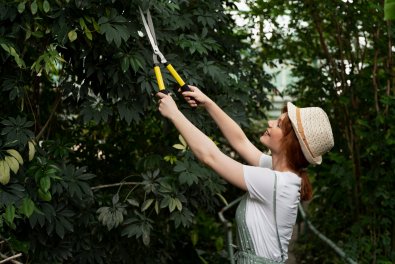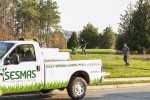Why Are Branches Falling Off My Trees?
Arborists get calls about limbs falling off otherwise healthy trees as summer drags on and temperatures rise. While it is common during warmer months, the exact cause remains elusive. Although there is no consensus on what causes summer limb loss, several factors likely contribute to branch instability. At the Sesmas Tree Service, we leverage extensive experience and proven strategies to inspect, detect, and address issues before things get out of hand. Here are the factors to help you understand why branches may fall off your trees.
Heat-Related and General Stress
The scorching heat of summer can put a significant amount of stress on trees. High temperatures can cause excessive transpiration, leading to water loss through the leaves faster than the tree can absorb from the soil. This water stress can weaken the branches and make them more susceptible to breakage. In addition, prolonged exposure to intense sunlight can cause sunscald, which damages the bark and underlying tissues.
Heat stress can exacerbate existing issues within the tree, such as pest infestations or diseases, making it more difficult for the tree to defend itself. This cumulative stress can manifest as limbs falling off, even on otherwise healthy trees. To mitigate this, schedule routine inspections with certified tree service providers and provide adequate watering and mulching during the hot summer. This goes a long way to help your trees cope with extreme heat stress.
Lack of Water and Other Nutrients
One of the primary factors contributing to branch instability during the summer is a lack of water and essential nutrients. Trees rely on a steady water supply to maintain their health and structural integrity. When there is a shortage of water, the tree may prioritize the survival of the main trunk over its branches, leading to limb dieback and, ultimately, premature tree removal.
In addition, trees require various nutrients, including minerals and trace elements, to maintain their strength. A lack of these essential nutrients can increase susceptibility to limb falling. Proper care, including regular watering and fertilization, can help ensure your trees have the required resources to withstand the summer stresses. Consult a tree care company before fertilizing your trees to ensure you add the proper nutrients.
Internal Decay
Internal decay is another factor that can lead to branches falling off trees. Trees may have hidden issues within their trunks or branches, such as fungal infections or rot. These internal problems can compromise the tree’s structural integrity, making it susceptible to limb failure.
The combination of internal decay and summer stressors can be problematic. As the tree struggles to cope with heat and water stress, its ability to contain decay is compromised. This can cause branches breaking off unexpectedly. Regular inspections by certified tree service providers can help identify internal decay early and take measures to prevent limb loss.
Systemic Diseases or Infection
Systemic diseases or infections that affect the entire tree can also contribute to branch instability. These diseases can weaken the tree’s health, making it more vulnerable to limb breakage. Some diseases, such as Dutch elm disease and oak wilt, can spread rapidly through the tree’s vascular system, impacting its ability to transport water and nutrients.
If you notice unusual discoloration, wilting leaves, or other signs of disease on your trees, you must promptly call a tree care company. Certified arborists can diagnose the problem and recommend treatment options to prevent further limb loss and preserve the tree’s overall health.
The phenomenon of branches falling off otherwise healthy trees during the summer can be attributed to various factors. While the exact cause may remain uncertain, proactive tree care practices, such as adequate watering, fertilization, regular inspections, and disease management, can help reduce the risk of limb loss. Contact us at the Sesmas Tree Service and schedule a consultation to access quality services, including pruning, trimming, and tree removal.


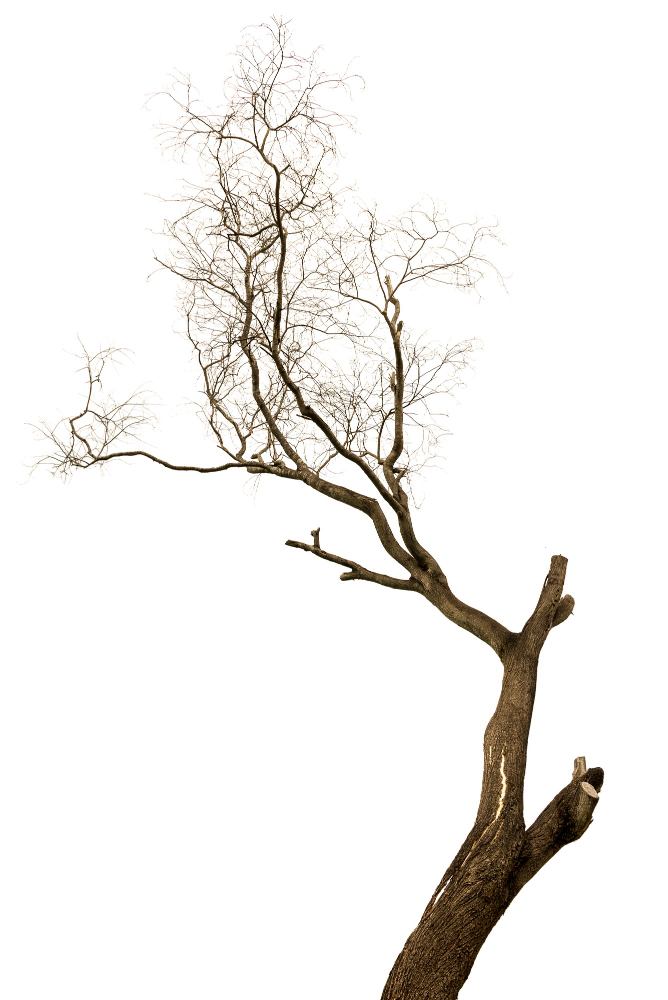

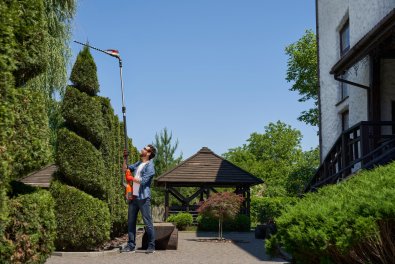
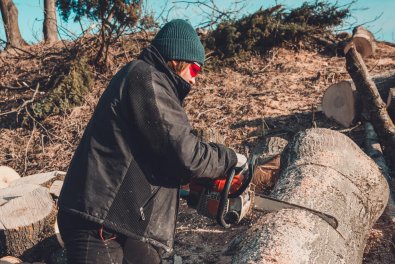
.jpg)
